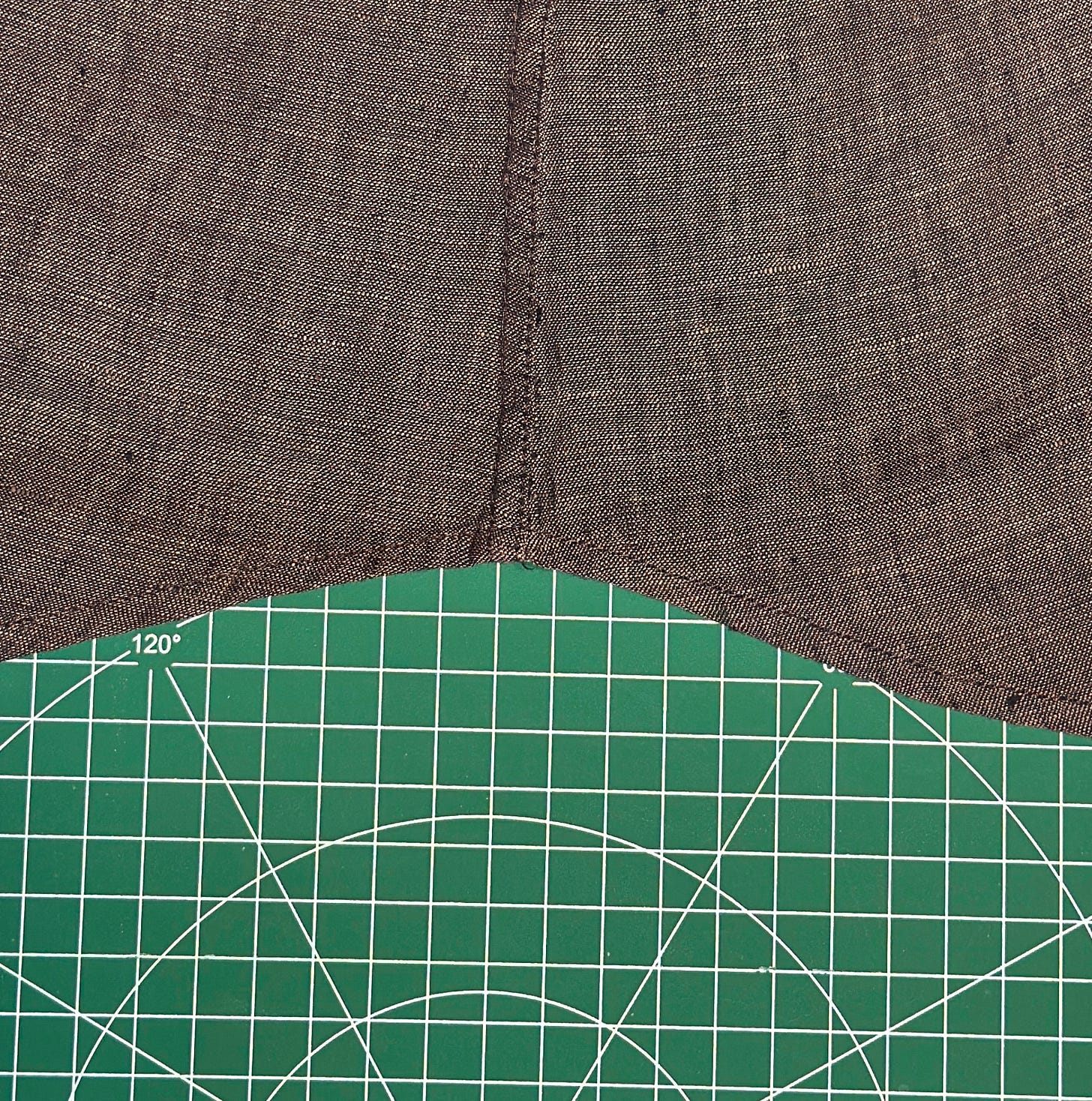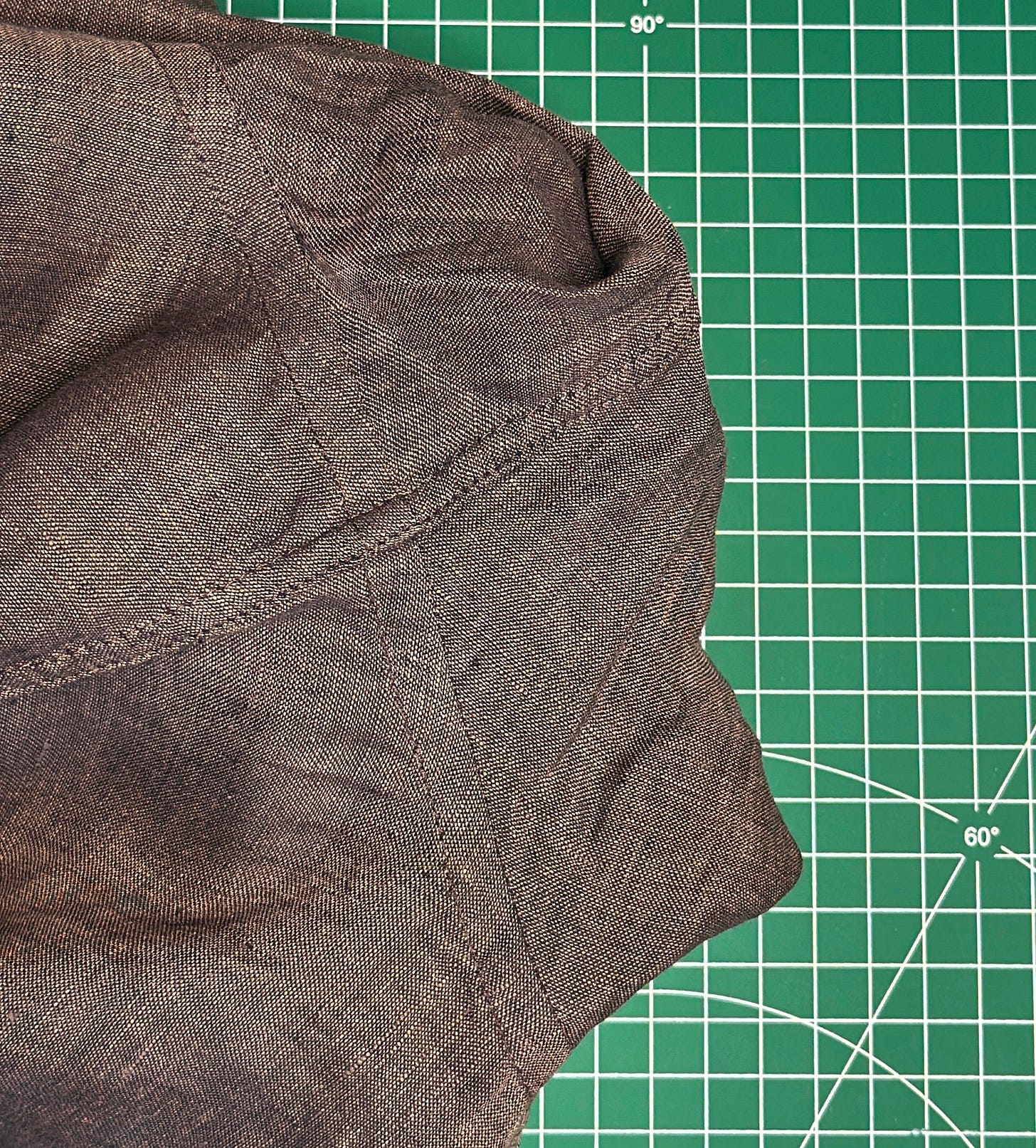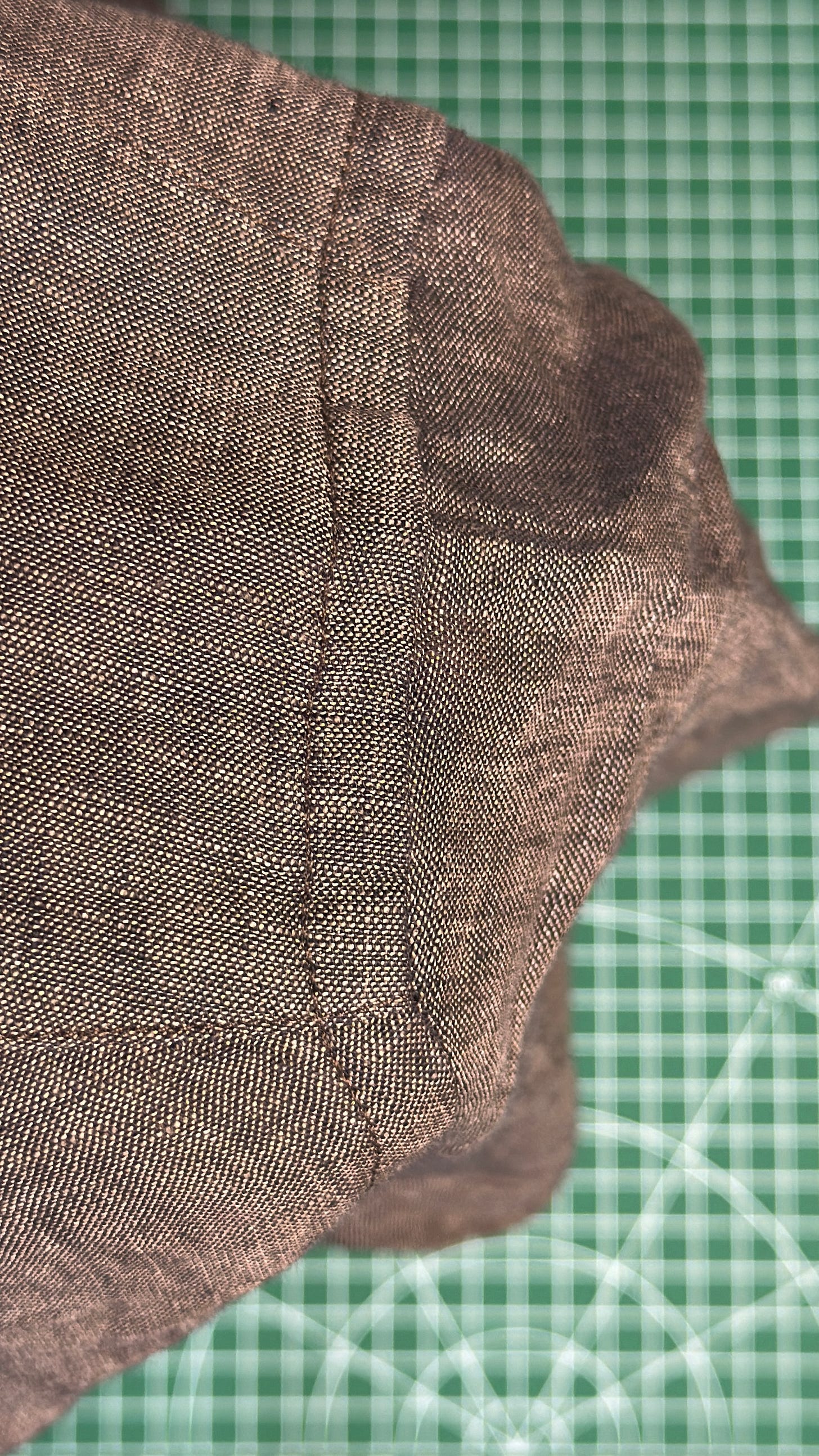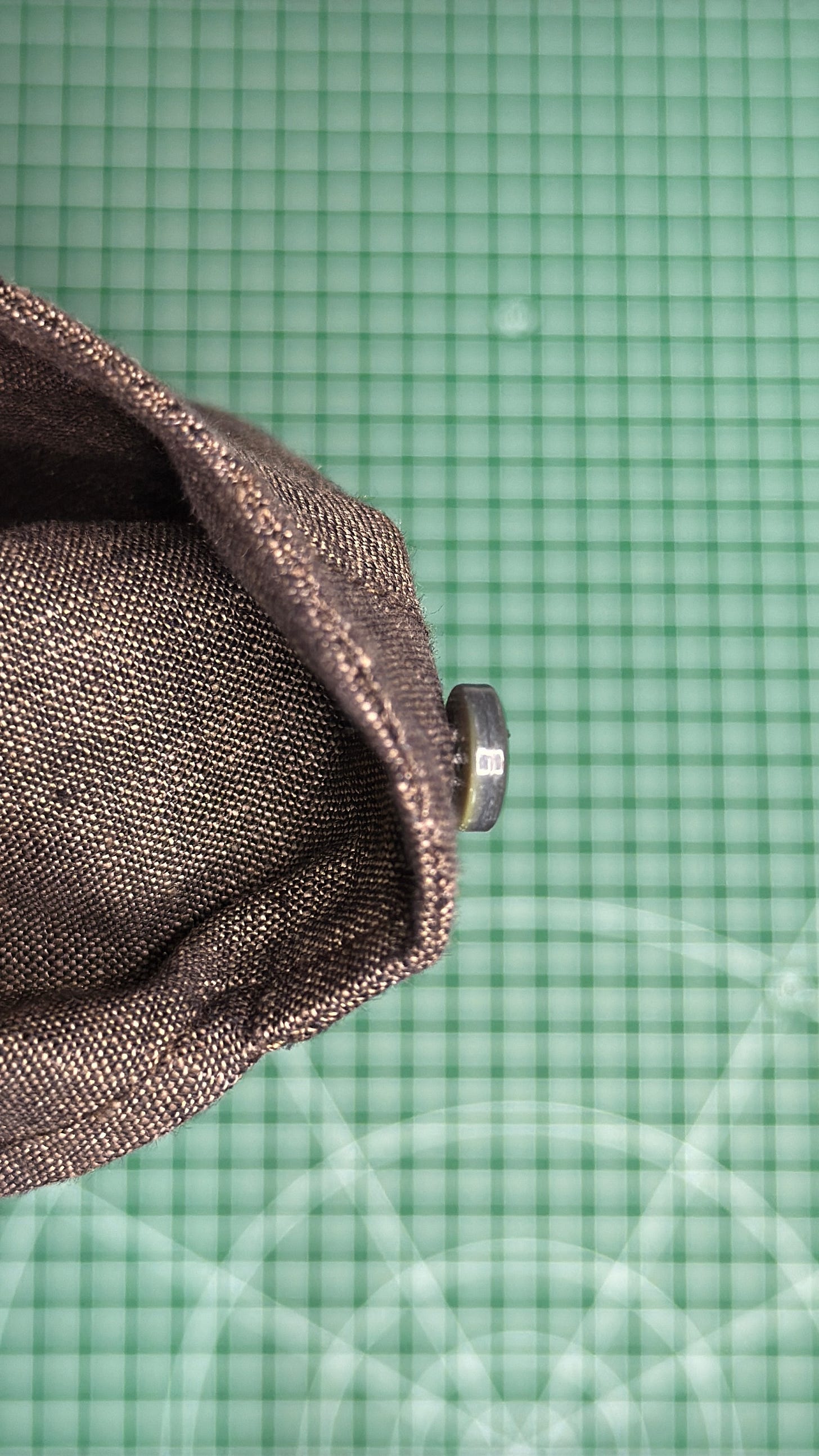Luca Faloni linen shirt review
The review
Luca Faloni: Founded in 2014 by the company’s namesake ex-Bain consultant.
The brand quickly latched onto the notion of DTC brands that would cut out the middleman and deliver a better product without the wholesale markup - all Made in Italy, of course. While leveraging the reputation of suppliers like Cariaggi for its cashmere knitwear, Luca Faloni built a reputation for delivering high-quality garments at a reasonable price point. While the world has caused the prices to be less competitive nowadays and more in line with the market, the increases have not stopped the brand from steadily marching towards reporting $100m annual revenue in the coming years.
The biggest benefit that Luca Faloni offers to its customers is deeply rooted in male shopping behavior. It offers the same garments in every conceivable color, and there is no brand out there, to my knowledge, that has perennial collections with this many colors per style - and its customers are loving it.
This blend of convenience, Italianess, and the supposedly “good deal”, have turned Luca Faloni into a lifestyle menswear brand that does things a little differently, but always with its customers in mind.
This shirt was gifted upon request
Fabric
Luca Faloni: 100% cotton (custom-made fabric for G. Inglese)
Sewing
Luca Faloni: almost entirely handsewn, with single-needle stitching on the collar
Country of origin
Luca Faloni: Italy
Price
Luca Faloni: €185
Shop
Side gussets
There isn’t one.
Cuffs
A gorgeous, canonical cuff (narrowing down towards the wrist).
Placket
A French placket always lends itself to a single-piece collar, and looks nice.
Sleeves
No manica sposata/scarto manica here. Some brands like to point out that this seam has been sewn in one go, all the way through from the bottom of the hem through the armhole, to the sleeve cuff, which is complex, but also incredibly rare, and it did not happen here.
Shoulder
A standard shoulder.
Collar
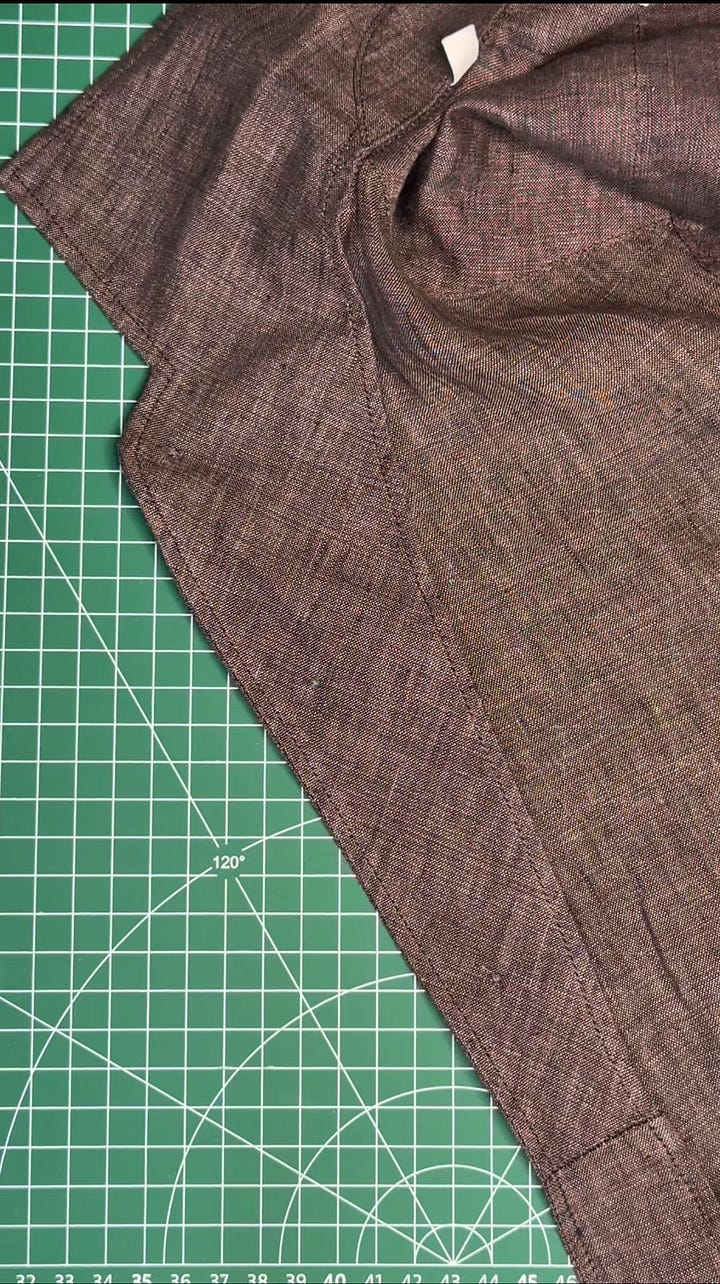
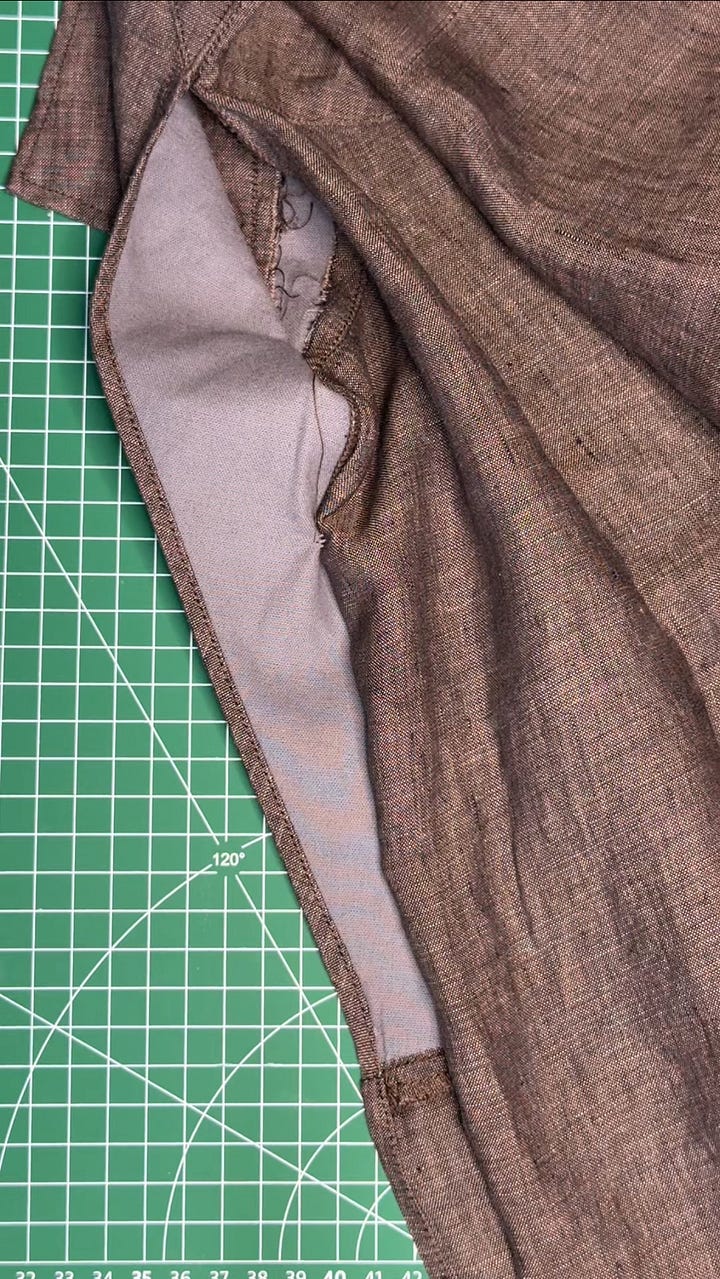
Luca Faloni has made the single-piece collar the USP of its shirts, and the rather heavy interlining explains why. Most single-piece collars that I have seen use a significantly lighter interlining, which is now less sturdy, but also not as in-your-face obvious about floating in the front of your shirt. To be clear, you won’t notice it, but when you compare it side-by-side, it will be obvious what I am referring to here. This type of collar construction also requires more fabric and increases the cost of a garment, hence why I have always awarded it one point in the shirt ranking.
Stitch density
This is a letdown, 14 stitches per inch is nowhere near its competitors, and such an easy way to improve the quality of the garment.
Luca Faloni: 8/cm 14/inch
Buttons
Grey, surprisingly thick and well-rounded mother-of-pearl buttons.
Extras
Two spare buttons are sewn onto the inside of the front placket.
Verdict
The score isn’t great with 8/25, but it is also not far off from the levels of a recommendable and good shirt.
Luca Faloni:
It’s a linen shirt. The shirt was gifted, and I am not here to tear any brand down. That said, considering the company’s relentless leveraging of “Made in Italy” as one of its brand pillars, it is not reflective of the skills and craftsmanship that other brands pick from to create excellent products. The single-piece collar is nice, adds measurable costs at the volume that Luca Faloni is churning out ($80m in annual revenue), and is not common at this price point. The mother-of-pearl buttons should be considered a standard for a shirt in the +€120 range, and the contrasting bar tack adds a bit of personality to the shirt. Since linen can be expensive, but we cannot disclose the mill, it is objectively difficult to factor into this review. It is a shirt that many people will be happy with, and that has room for improvement on the construction level.
Note - it is impossible to evaluate fabrics without any details, and while I know the mill that Luca Faloni sources its linen fabric from, the brand did not want to disclose it officially, and thus relying on subjective impressions like handfeel shouldn’t qualify as an objective metric. Which is why I exclude the fabric score from this review.
The women’s shirts are graded by the same criteria as the men’s shirts in the shirt review sheet




